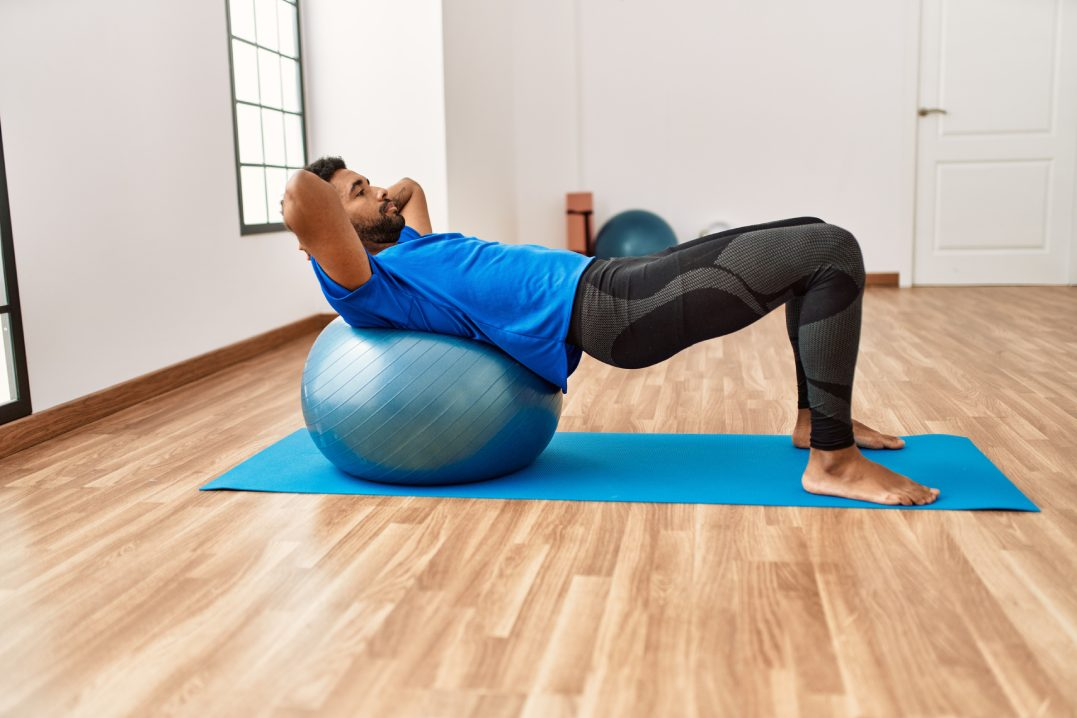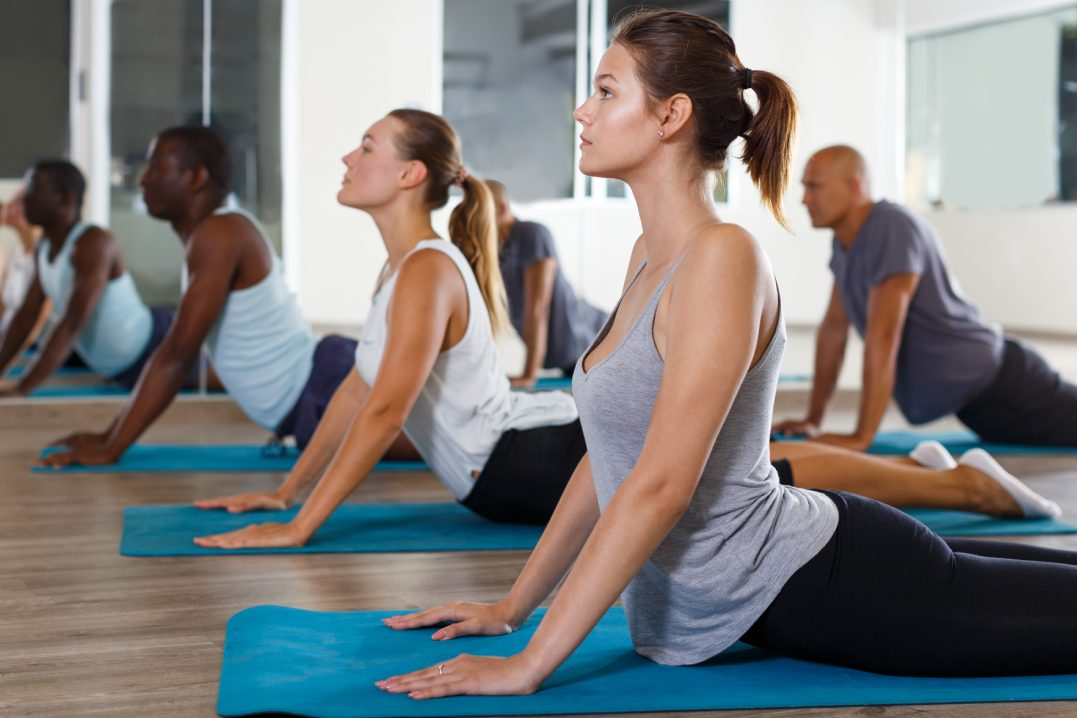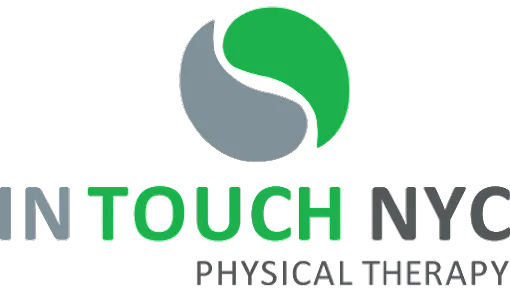Almost everyone (Up to 80 percent of Americans) suffer from back pain at some point, and New Yorkers are no exception. The fact that desk work is so common, and home office setups are often not ergonomic, make it even more likely that office workers and remote employees will suffer from back pain of some kind. Sitting for hours at a desk can lead to issues, such as poor posture and muscle imbalances that eventually lead to pain.
While it may be difficult to avoid back pain altogether, there is a way to treat it that is non-invasive and effective: Pilates. In this article, discover why office workers in NYC often suffer back pain, how Pilates can help and what your next steps should be.
What causes back pain among NYC office workers?
There are many causes of back pain. However, among office workers in the Big Apple, the most common causes center on the impact that hours spent at a desk have on the body. Here are some examples:
Poor Posture
Poor posture, often caused by office setups that do not offer ergonomic support for the back and neck, can pinch nerves and restrict blood flow.
In addition, poor posture, such as slouching, can distribute the weight the back carries in uneven ways, weakening some muscles and straining others.
All of these pressures can cause varying degrees of back pain in NYC workers. Weak muscles may struggle to support daily activities. Overworked muscles may become tight. Nerves can become pinched. And you may begin to feel acute or chronic pain in your back.
Sedentary Living

Desk jobs are famous for being inactive. The temptation to sit at the desk all day, without adding in exercise or breaks, can lead to what feels like a productive workday but an unhealthy body.
Hours of sitting without compensating movement can compress the discs of the spine, put pressure on the spinal nerves and lead to numbness, tingling and discomfort.
It can also lead to poor posture, as workers slouch in response to the fatigue of sitting up appropriately over many hours.
Poor Equipment
Back pain may also be the result of poor equipment at work. The desk and chair you use may not seem important, but the reality is that sitting at a kitchen chair to work remotely, or sitting in a cramped workspace with a desk that is too high or too low can lead to significant pain.
Poor office setups can force your body into a slouched position or fail to support your lower back. This lack of support, over time, can translate into aching, tingling, numbness or chronic discomfort in your back.
How can Pilates help back pain among NYC workers?
Desk jobs, especially those that involve inadequate seating or desks, can weaken the core of the body (Pelvis, lower back, hips and stomach). Pilates can help by restoring strength to these muscles in order to encourage good posture and pain-free positioning of the body. Pilates is so effective that it can be considered a secret weapon in both treating and preventing back pain. Here is how:
Core Strengthening

The core of the body, including the pelvis, lower back, hips and stomach is central to stabilizing your spine and pelvis. While Pilates works all of the muscles in your body, it focuses primarily on these all-important core muscles.
As a result, these muscles grow stronger and more capable of supporting your spine. As a result, pain related to either overburdened or weakened muscles improves.
In addition, a strong core makes it easier to use good posture while you work throughout the day. By creating muscles less prone to fatigue, you can maintain your posture even after several hours at the computer, thereby preventing issues caused by poor posture before they start.
Flexibility and Range of Motion

In addition to strengthening the core, Pilates also works to lengthen the muscles throughout your body. The longer they get, the more flexible they become. And, the more flexible they are, the greater your range of motion for completing everything from daily activities to workout regimens.
In addition, Pilates helps to work your muscles in ways that they do not usually get used during a typical office day. These new challenges can teach your muscles new ways of moving that add to your flexibility and range of motion.
Greater flexibility and freer motion can also prevent back pain to begin with. If your spine and muscles are working together harmoniously, the chances that you will experience pain is very low, and your chances of experiencing an injury are even lower. Pilates can put your body into alignment in a way that encourages ongoing health.
Improved Posture
As noted above, poor posture can create a host of issues throughout the head, neck and back. While addressing pain caused by poor posture is a necessary starting point, building your body up to the point where poor posture is no longer an issue is a better way to prevent long-term problems.
Pilates can help. The slow, controlled movements of Pilates, the stretching and the focus on core muscles, can all help to improve the way you carry your body. Not only can your sit up or stand up straighter, but you can also correct muscle imbalances and tension that could lead to pain later on.
If you are an NYC worker who is suffering back pain, Pilates can help. At In Touch NYC PT, we offer Pilates, alongside personal training and physical therapy, to tailor your treatment to your needs. We can help you overcome existing pain or help you implement a regimen that prevents pain in the first place. And, with three convenient locations in NYC, we are never far away. Contact us today to get started.



